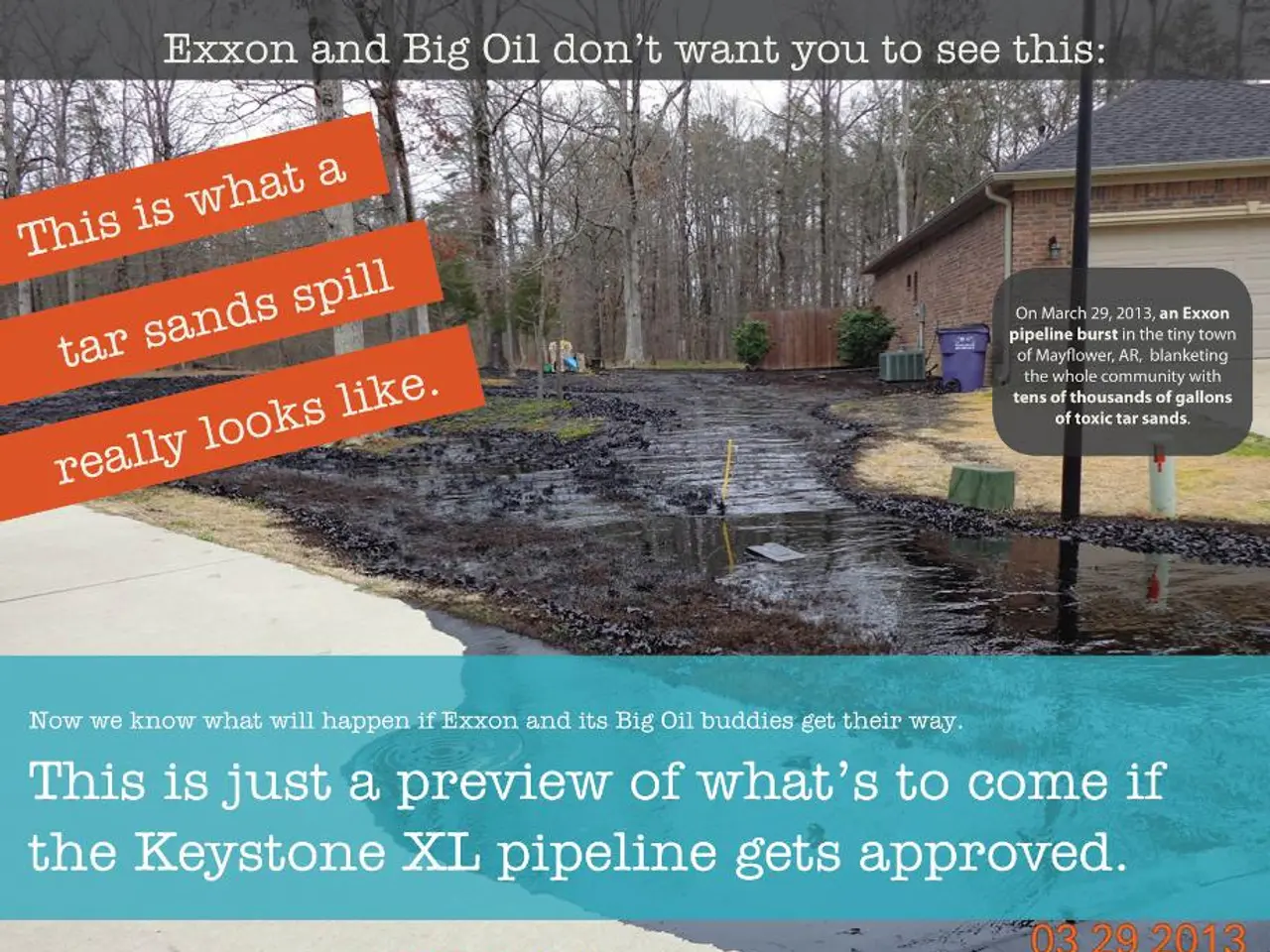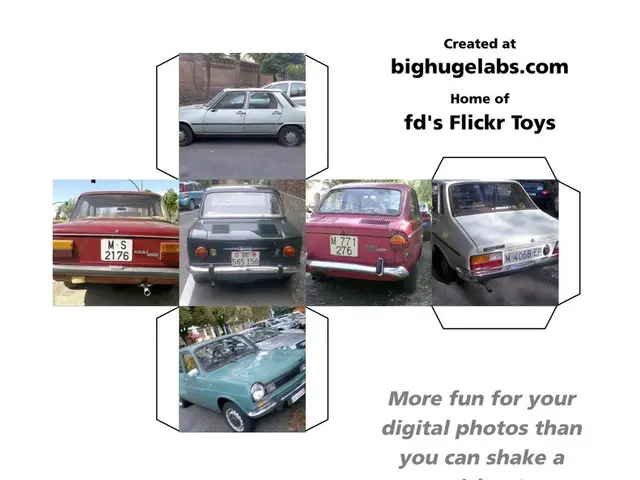EU-Funded WASTE2H2 Project Transforms Plastic Waste into Clean Hydrogen and Valuable Materials
The EU-funded WASTE2H2 project is set to transform the plastic waste crisis into an opportunity. Aiming to produce clean hydrogen and valuable carbon materials, this innovative initiative could significantly reduce plastic pollution and support the circular economy.
Currently, only 9% of plastic is recycled, with the majority ending up in landfills, rivers, and oceans. The WASTE2H2 project aims to change this by converting plastic waste into useful products. The process involves the use of ionic liquids, metal nanoparticles, and microwave irradiation to break down plastics under mild conditions.
The project offers a dual benefit. It will produce hydrogen, which can be used as a clean fuel or for industrial purposes, reducing reliance on fossil fuels. Additionally, it will generate carbon nanomaterials, valuable for various sectors. This not only helps combat plastic pollution but also supports European industry and fights climate change. The project, funded by the European Union, will run for four years, with the goal of delivering a laboratory-level proof of concept by 2027. The long-term vision is to have multiple WASTE2H2 plants producing hydrogen locally by 2035.
The WASTE2H2 project, by transforming plastic waste into clean hydrogen and valuable carbon materials, offers a promising solution to the global plastic waste problem. With the potential to reduce plastic pollution, provide clean energy, and boost European industry, this EU-funded initiative is a significant step towards a more sustainable future.
Read also:
- Reconsidering the Approach to Mountain Height Measurement?
- UK automaker, Jaguar Land Rover, to commit £500 million for electric vehicle manufacturing in Merseyside
- Standard Nuclear & Framatome Join Forces to Boost TRISO Fuel Production by 2027
- Exhibition Spotlights Child Labor in Lithium and Cobalt Mines








